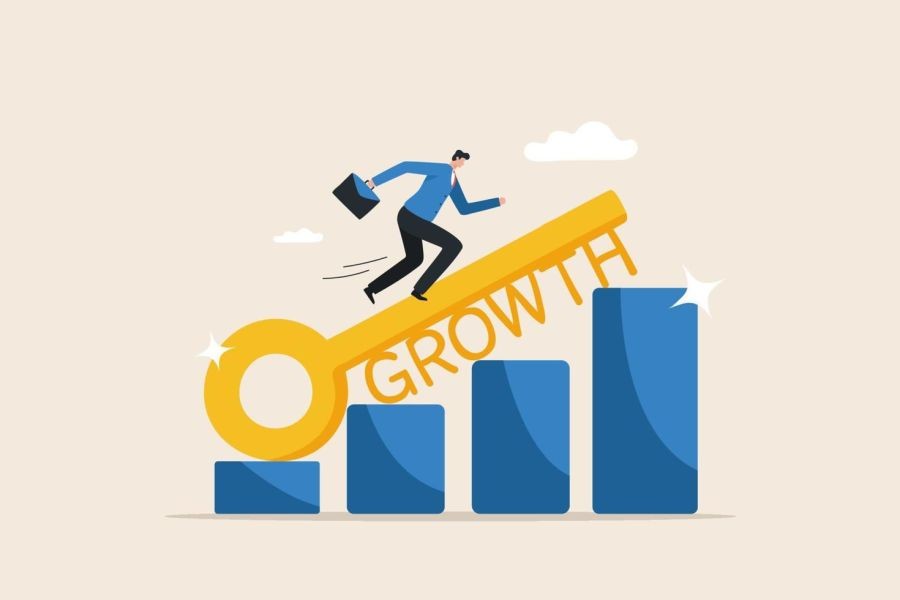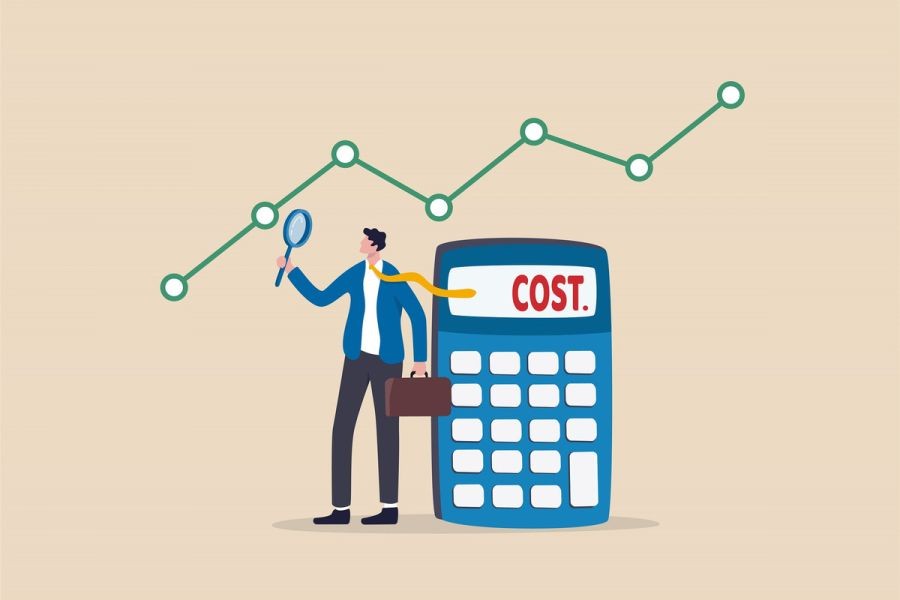In the dynamic landscape of Australian small businesses, understanding the true costs of operation is crucial for success. Many entrepreneurs venture into the market with enthusiasm, only to encounter unforeseen financial challenges that threaten their survival. This article delves into the real cost of running a small business in Australia, offering insights backed by data, real-world examples, and expert analysis, tailored specifically for regulatory compliance specialists.
The Financial Landscape of Australian Small Businesses
Small businesses are the backbone of the Australian economy, comprising 97% of all businesses and employing approximately 44% of the workforce, according to the Australian Bureau of Statistics (ABS). However, navigating the financial landscape can be daunting. The Reserve Bank of Australia (RBA) notes that rising operational costs, regulatory compliance, and competitive pressures are significant challenges.
Understanding the Cost Structure
The cost structure of a small business in Australia includes several key components:
- Labor Costs: Labor costs are a major expense, influenced by minimum wage laws and award rates. According to Fair Work Australia, the national minimum wage increased by 5.2% in 2022, impacting profit margins.
- Regulatory Compliance: Compliance with regulations from bodies like the Australian Competition & Consumer Commission (ACCC) and the Australian Taxation Office (ATO) incurs both direct and indirect costs.
- Rent and Utilities: Commercial property costs vary significantly across regions, with Sydney and Melbourne often being the most expensive.
- Technology and Infrastructure: Investment in technology is crucial for competitiveness, yet it adds to the initial setup and ongoing costs.
Case Study: A Melbourne-Based Retail Startup
Consider the experience of a Melbourne-based retail startup, "EcoWear," which aimed to offer sustainable clothing. Initially, the founders underestimated the complexities involved in compliance and operational costs.
Problem:
EcoWear faced challenges with fluctuating cash flow due to unexpected regulatory expenses and high labor costs. The business struggled to maintain profitability while adhering to sustainability certifications, which added to their compliance burden.
Action:
To address these issues, EcoWear streamlined operations by implementing an integrated inventory management system, reducing waste and optimizing supply chain logistics. They also sought advice from compliance specialists to better understand and manage their regulatory obligations effectively.
Result:
- EcoWear's operational efficiency improved by 30%, significantly reducing costs.
- Their compliance costs decreased by 15% due to strategic planning and expert consultation.
- As a result, EcoWear achieved a 20% increase in profit margins within the first year.
Impact of Economic Trends on Small Business Costs
The economic climate in Australia plays a pivotal role in shaping the cost of running a small business. The RBA's monetary policies, inflation rates, and consumer confidence levels directly influence operational expenses and profit margins.
Inflation and Interest Rates
In 2023, the RBA reported an inflation rate of 4.5%, affecting purchasing power and increasing the cost of goods and services. Rising interest rates also impact loan repayments, adding financial strain on small businesses reliant on credit.
Market Trends and Consumer Behavior
Adapting to changing consumer preferences is essential. The shift towards e-commerce has necessitated investments in digital infrastructure, while the demand for sustainable products requires businesses to rethink their supply chains and marketing strategies.
Common Myths About Small Business Costs
- Myth: "Renting office space is always cheaper than buying."
- Reality: While renting avoids upfront costs, long-term leasing can exceed the cost of ownership, especially in high-demand areas. A report from CoreLogic notes that over a decade, buying could save 20% on premises expenses.
- Myth: "Cutting marketing expenses saves money."
- Reality: Reducing marketing can limit customer acquisition and retention. Businesses that maintained marketing budgets during downturns saw a quicker recovery and 30% higher sales growth (Source: Deloitte).
Mistakes to Avoid When Managing Costs
Avoiding common pitfalls can significantly impact the financial health of a small business:
- Lack of Financial Planning: A recent ATO study found that 60% of small businesses fail due to poor financial management. Implementing robust budgeting and forecasting tools can mitigate this risk.
- Ignoring Compliance Requirements: Non-compliance can lead to heavy fines. Utilizing resources like the ACCC's compliance portal can help businesses stay informed.
- Underestimating Technology Costs: Failing to invest in technology can hinder competitiveness. Leveraging government grants for digital transformation can alleviate initial costs.
Future Trends and Predictions for Small Business Costs
Looking ahead, several trends are expected to influence the cost structure of small businesses in Australia:
- Automation and AI: By 2028, the adoption of AI technologies is predicted to reduce operational costs by up to 20% (Source: McKinsey). However, initial investments will be necessary.
- Increased Regulation: New data privacy laws are anticipated to increase compliance costs. Staying ahead through proactive compliance strategies will be crucial.
Conclusion: Navigating the Financial Challenges
Understanding the real cost of running a small business in Australia is vital for sustainable growth. By recognizing economic trends, avoiding common pitfalls, and leveraging expert advice, businesses can optimize their operations for success. As the landscape evolves, staying informed and adaptable will be key to thriving in this competitive environment.
Final Takeaway & Call to Action
To succeed in Australia's small business sector, it's essential to continually assess and adapt to financial challenges. Engage with compliance experts, invest in technology, and prioritize financial planning to safeguard your business's future. Share your experiences and insights below—what strategies have worked for your business?
Related Search Queries
- Cost of starting a business in Australia
- Australian small business tax deductions
- How to manage business expenses effectively
- Impact of inflation on small businesses
- Australian small business grants and funding
- Compliance costs for Australian businesses
- Trends in Australian retail industry
- Technology investment for small businesses
- How to improve business profit margins
- Future of small businesses in Australia































plasticfilm film
16 days ago